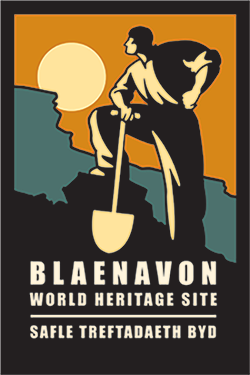Getting involved
There are five teams in the BWH Environment Group (BWHEG) and some people are in more than one team.
Practical Conservation Team
This team carries out a wide range of countryside and rights of way management in a group of about 6 people, usually every other Wednesday and Saturday and sometimes on other days of the week too. To name just a few:
Helping with controlled burning to manage the important moorland habitats of the landscape
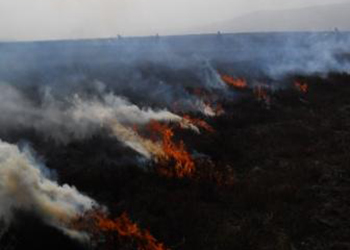
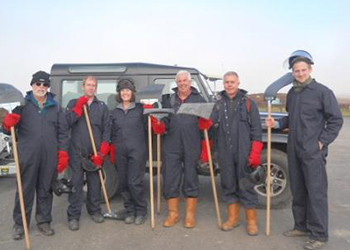
Managing the invasive bracken to clear paths and make way for more heather
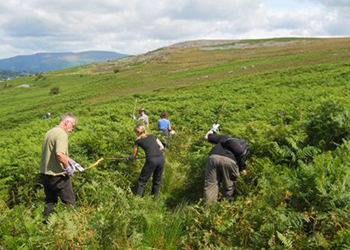
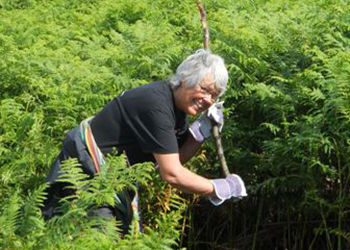
Putting in new signage for walking trails
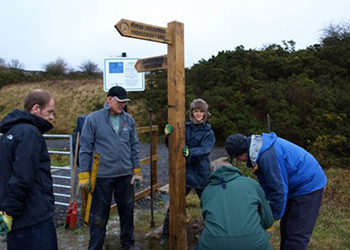
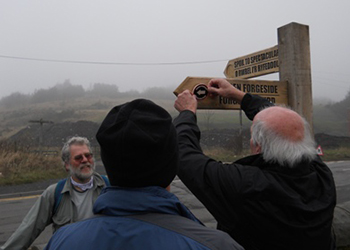
Planting a new reed bed habitat
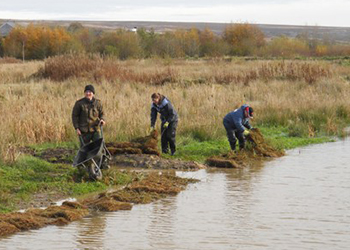
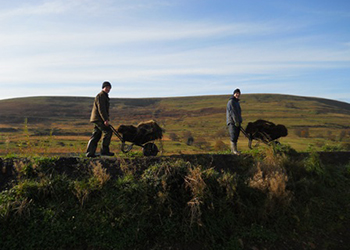
Dry Stone Walling Team
The dry stone walling team has been gradually building up through a training programme overseen by trainer Martin Rathbone. The team is made up of people who have achieved or are working towards the standard of level 1 in the Dry Stone Walling Association Craftsmanship Scheme.
The aim is to repair as many walls as possible that form high priority common land boundaries in the scheme area. With these important landscape features restored, livestock management should be easier for commoners (who possess rights to graze the commons). With increased grazing the management of the upland heather moorland habitat on the commons should be improved. Achieving this through a dry stone walling training programme for local people means that this valuable heritage skill is kept alive at the same time. Dry stone walls are also beneficial to wildlife because they provide places for birds, reptiles and invertebrates to nest.
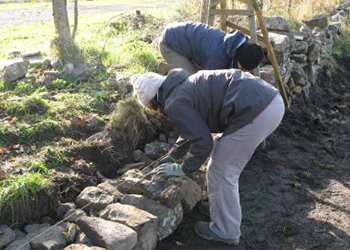
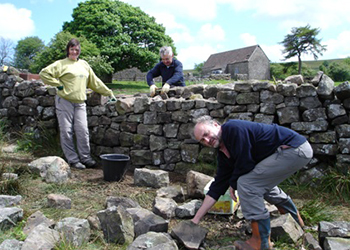
Archaeology Group
This group open to all who are interested in learning the skills needed to discover and preserve archaeological sites that can be found in the World Heritage Site. At present the group meets twice a month for one indoor and one outdoor learning session, under the direction of a professional field archaeologist from Archaeology Wales. Please get in contact if you’d be interested in joining in!
Wildlife Monitoring Team
Upland Monitoring
The team is carrying out surveys throughout the year. For instance monitoring the numbers of red grouse (an important yet declining species which depends on the heather moorland habitat of the commons.) and recording the estimated numbers of skylarks (a key indicator of the health of the landscape ecosystem).
Other Wildlife Monitoring Activities
Volunteer Rangers in the Practical Conservation team are carrying out other wildlife monitoring tasks:
- Monthly recording and photographing at the FLP reed bed creation site. Water levels, reed height, general natural history observations and any signs of mink (on a raft which has been designed to display their footprints) are recorded. If no signs of the non-native mink are found during the life of the FLP scheme, this data may form evidence for a case to introduce water vole in a future project.
- Monthly Wetland Birds Survey (WeBS) of Garn Lakes Local Nature Reserve for the British Trust for ornithology. This takes place one Sunday morning every month.
Blaenavon Walking Festival
This annual walking festival takes place each April and is organised by the BWHEG members, and all the walks are led by members or by local experts.
